The 10 architecture trends that defined 2016, from the resurgence of minimalism to the next generation of prefabs and the advent of co-living.
Minimalist interiors
This year we saw an abundance of austere interiors – from apartments and bathrooms to offices – finished with cool-toned marble, uniform woodwork and block coloured walls.
Among them is a Barcelona apartment with grey-veined marble and raw concrete surfaces by Raúl Sánchez and the bathroom created by Maayan Zusman in a Tel Aviv apartment, where the only accents are a blood-red tap and a black-framed sink stand.
Prefabricated houses
This year prefabs shook off their makeshift reputation, with architects and designers considering how modular building techniques could be used to build speedy and cost-effective yet aesthetically pleasing long-term housing.
One Uruguayan example by MAPA sits over stone walls in an olive grove, while Japanese design brand Muji began testing its Kengo Kuma-designed prefab house.
In England, ShedKM and Urban splash are creating a whole development of modular housing, and in Estonia Kodasema created a tiny cubic living space that allows its owners to up sticks and move on a whim.
Co-living
Over the last year, co-living and co-working schemes have attempted to completely reinvent how people live and work, with shared office and housing blocks largely targeting cash-strapped millennials.
But co-living was also presented as the ideal housing solution for an ageing population and the UK’s first dedicated older co-housing scheme completed in London.
One co-living developer even predicted the popularity of the trend would make us all homeless in the future.
Charred timber
The Japanese wood-preservation technique known as shou sugi ban has been used to blacken the cladding of hotels, houses, pavilions and studios the world over.
We featured 35 projects incorporating the technique in 2016. Snøhetta selected the treatment for a cabin set in the crown of huge pines in Sweden, while Studio Padron covered a tiny library and guesthouse in upstate New York in blackened planks and Stal Collectief burnt the moving timber walls of its studio in the Belgian countryside.
London house extension boom
A thirst for contemporary design transformed the London extensions market in 2016, with architects exploring ever more ambitious ways to expand tight living spaces in the capital.
The couple behind Scenario Architecture added a glass-roofed extension to their own London home, while Studio 304’s sunken washroom allows residents to bathe in a garden setting and Selencky Parsons’ stepped extension to a 1960s terrace diminishes in size like Russian dolls.






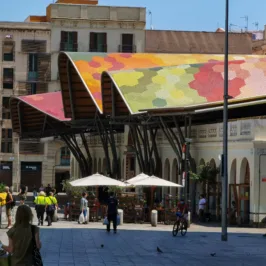

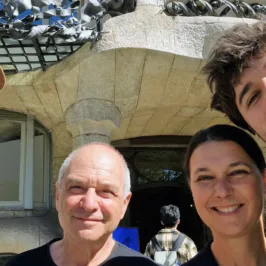
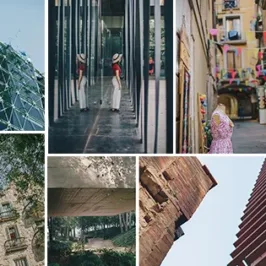
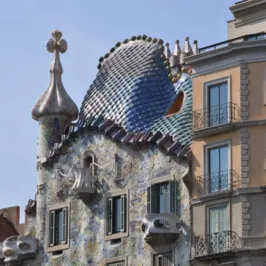
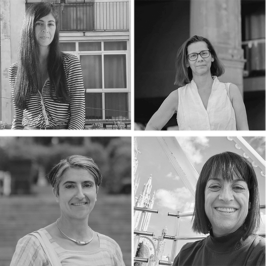
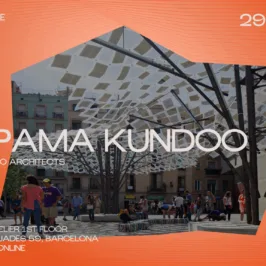

Leave a Reply